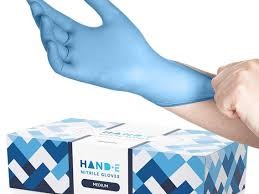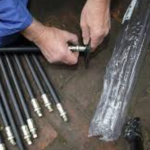Rubber is something that has been used by humans for thousands of years. The natural substance, extracted from the sap of certain types of trees, most commonly the rubber tree, native to South America has provided us with many useful things over the course of history.
As technology changed and evolved, new ways to treat rubber and man-made rubber have also been brought onto the scene, and companies such as this UK rubber moulding company meadex.co.uk create a wide range of different rubber materials. Here are some of the most commonly used types of rubber and how they can be used…
Natural Rubber – The original rubber, the type that has been used for thousands of years still is widely used. Because the trees are native to South America, it wasn’t something arrived in Europe until the first explorers visited the continent of South America in the 1500s. However, it was quickly something that became a popular thing, as samples were brought back to Europe on the ships. Nowadays, it is used for things like hoses and tubes, it is highly resistant to wear and tear.

Butyl – In 1937, Robert Thomas and Williams Sparks were researchers at an American oil company when they invented the first ever Butyl rubber. It is a as strong as the natural rubber which comes from the trees but is more heat resistant that the natural rubber. It is also much more resistant to chemical erosion and was extremely useful for building components needed for the United States army in World War 2. Nowadays it is used to line tanks, as well as in vacuum applications.
Nitrile – Probably the most well-known use for this rubber is in the nitrile gloves, often used by physicians. It is incredibly resistant to a wide range of substances, and during the 1980s, Nitrile gloves quickly became more popular as the choice for making gloves from, as it is often less commonly something that people are likely to be allergic to as opposed to latex which can trigger an allergic reaction.

Silicone – This revolutionary rubber product was invented by Doctor J Franklin Hyde in the 1930s. A chemist who was working at a New York Glass Manufacturers created this fantastic material. Its uses are large and varied – being used in the medical world for breast implants, it is also a popular material to be used by the food industry due to its high temperature resistance, as well as for components in circuit boards and sealants.
Neoprene – Neoprene has an important application as it is very weather resistant, as well as being resistant to oils. This makes it a great sealant in building work and is also used a lot in refrigeration. It is also a favoured material that is used to make wetsuits! It was another that was created in the 1930s, by scientists at the Dupont factory in America.












